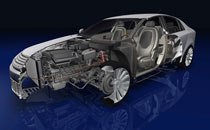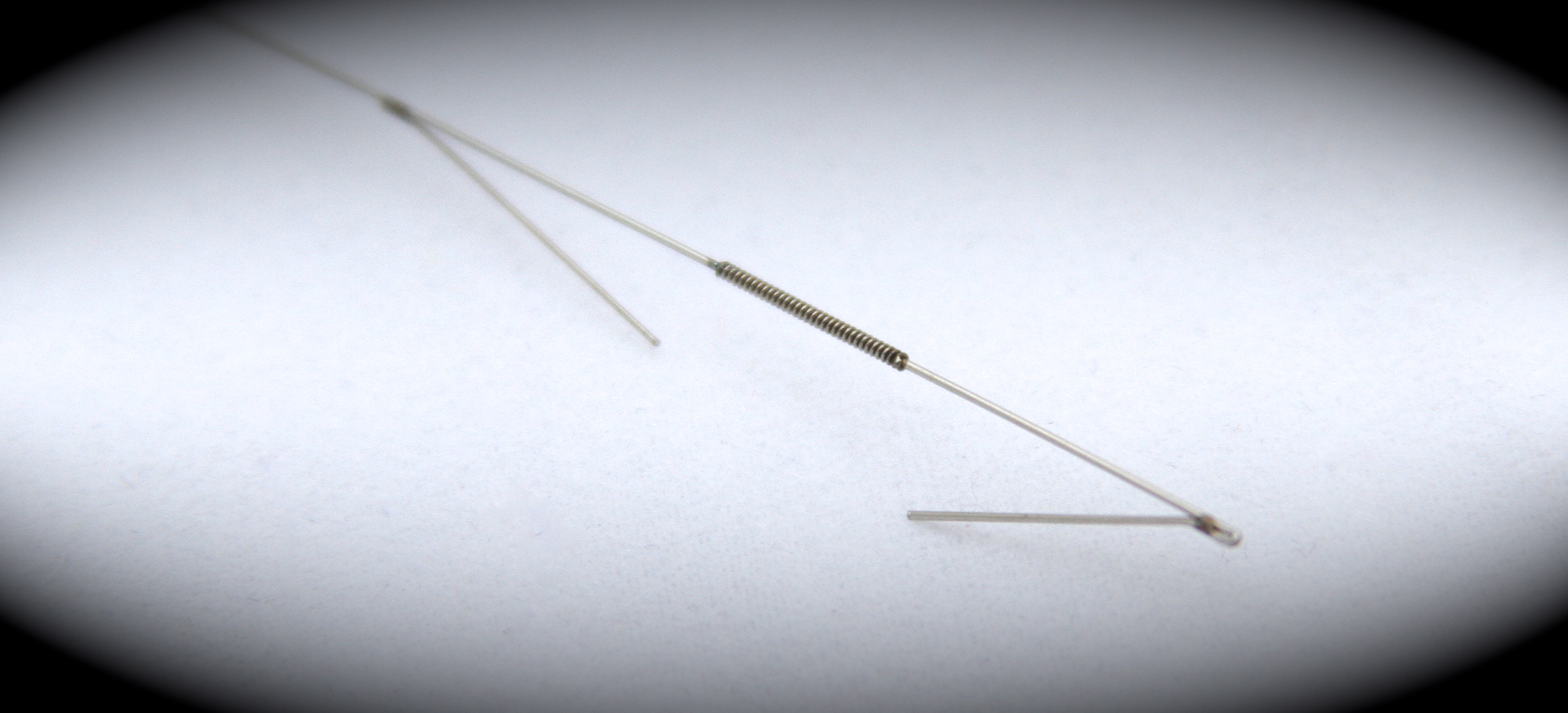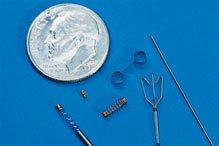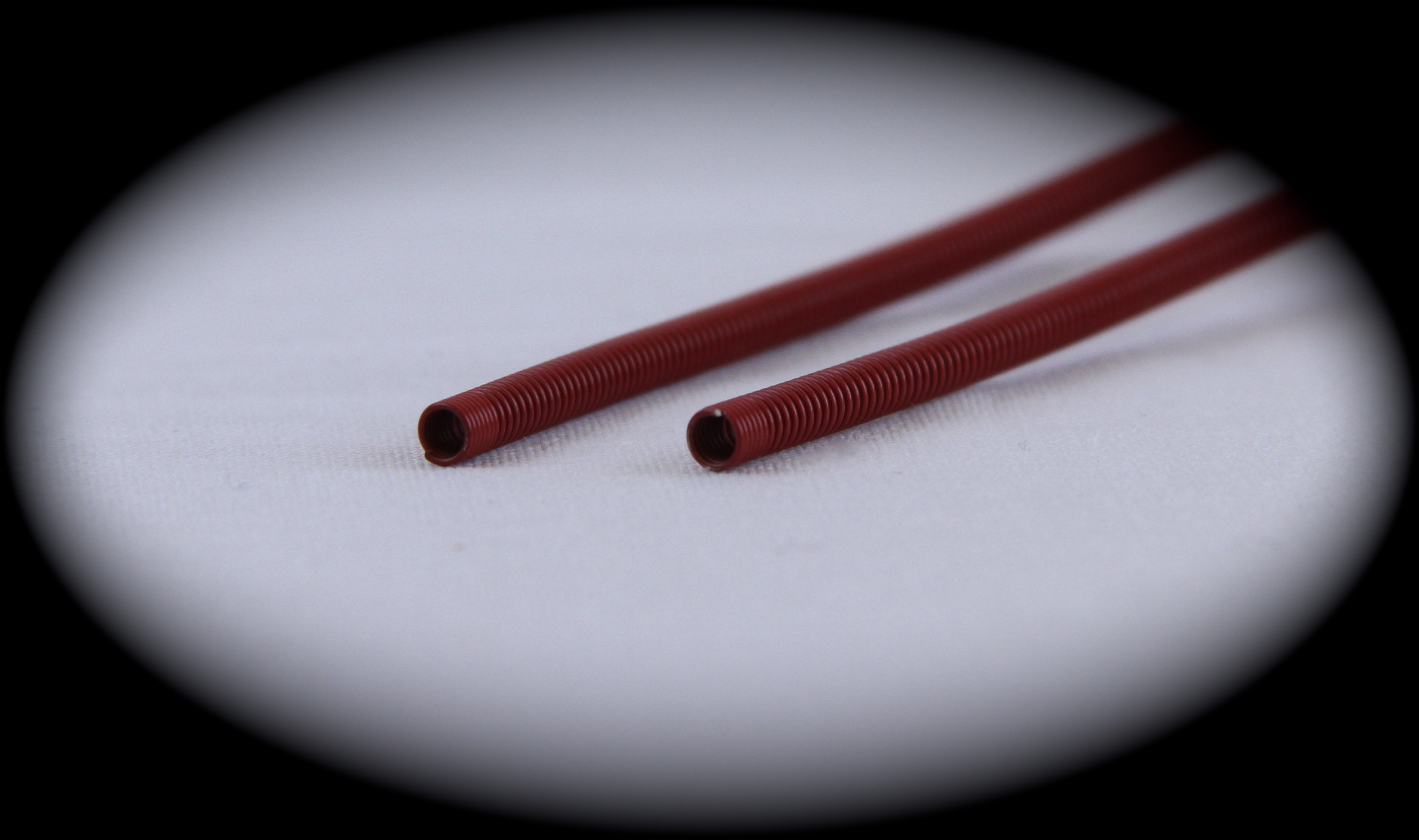A few years ago, it was commonly accepted wisdom that the US auto industry would have to go the way of the dinosaur and steam locomotive. The argument essentially was that we as a nation couldn’t afford to bail out companies like Chrysler and GM with taxpayer dollars (all the while bailing out giant savings and investment banks). It seemed as though the late, great American automobile would go the way of the city of Detroit: into history and neglectful ruin.
That was a few, short years ago. But to (almost) everyone’s surprise and delight, the US auto industry hasn’t crumbled. GM has again reclaimed its place from Toyota as the world’s largest car manufacturer. Also, as of this month, Chrysler reported that it posted its first annual profit as a company since 2005, something to the tune of $183 in total revenue for 2011.
True, the Federal government still owns large swathes of some of these companies’ stocks; and the joke can still be heard making the rounds that “GM” stands for “Government Motors.” All the same, with the stock price of automakers’ on the rise again, the government may actually stand to gain a profit from selling off the remainder of its stock to private investors. And let’s not forget the 1.2 million American jobs that are dependent (at least in part) on the US auto industry for their business.

with quality compression springs, torsion springs, and extension springs. We make these springs from scratch at our 100,000 square foot manufacturing plant just 20 minutes’ drive north of Milwaukee, where we employ upwards of 150 people.n the US auto industry for their business.
Now that the Big Three are roaring ahead again (take a look, if you haven’t already, at this Chrysler commercial that played during the Superbowl this year), we can anticipate an uptick in our own sales. The profits of American vehicle manufacturers can already be seen trickling down to our own business. By the end of this year, Chrysler forecasts an annual profit of $1.5 billion, an amazing (almost ludicrous) prediction by anyone’s standards in 2009.
But that was then. Here’s to a great year of manufacturing, America





